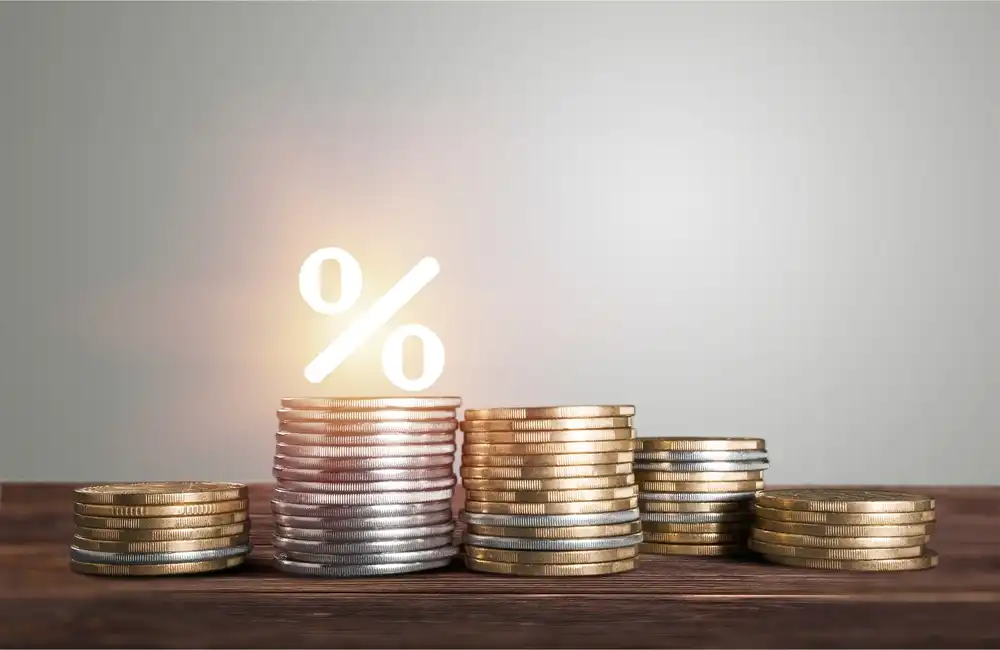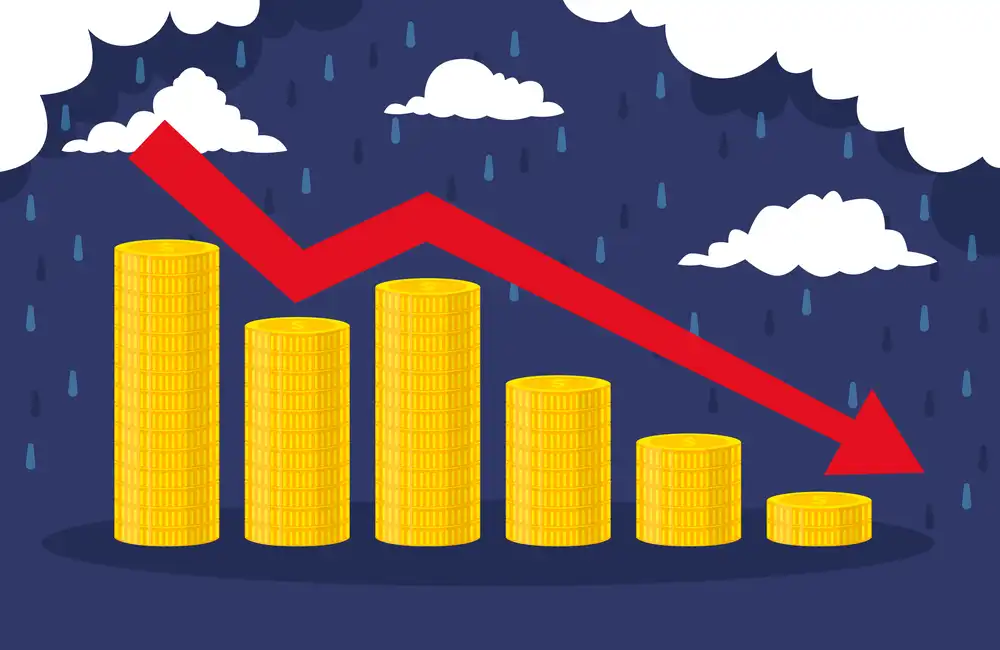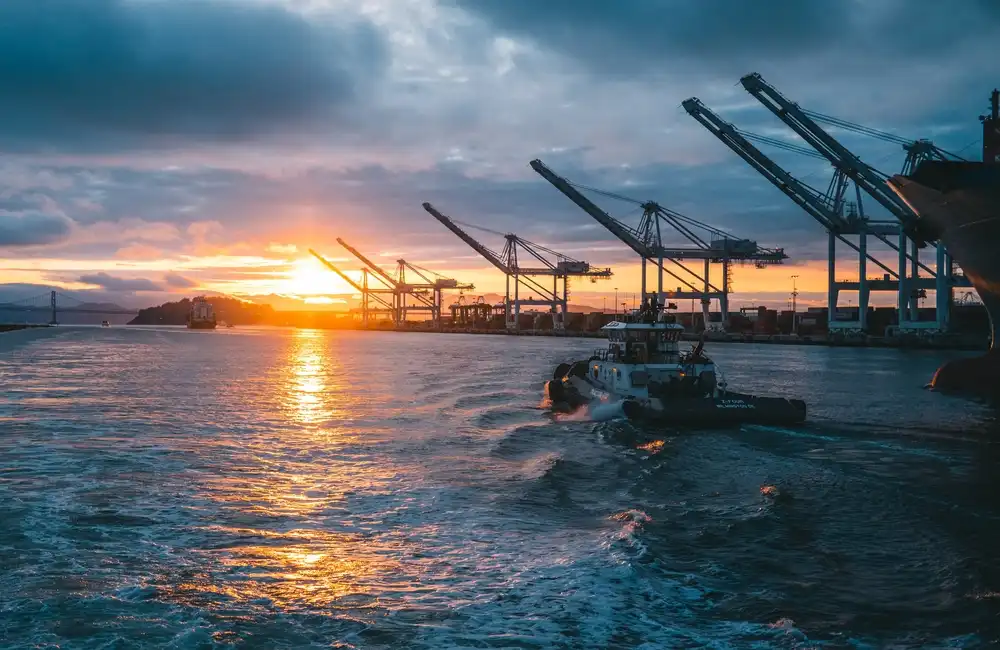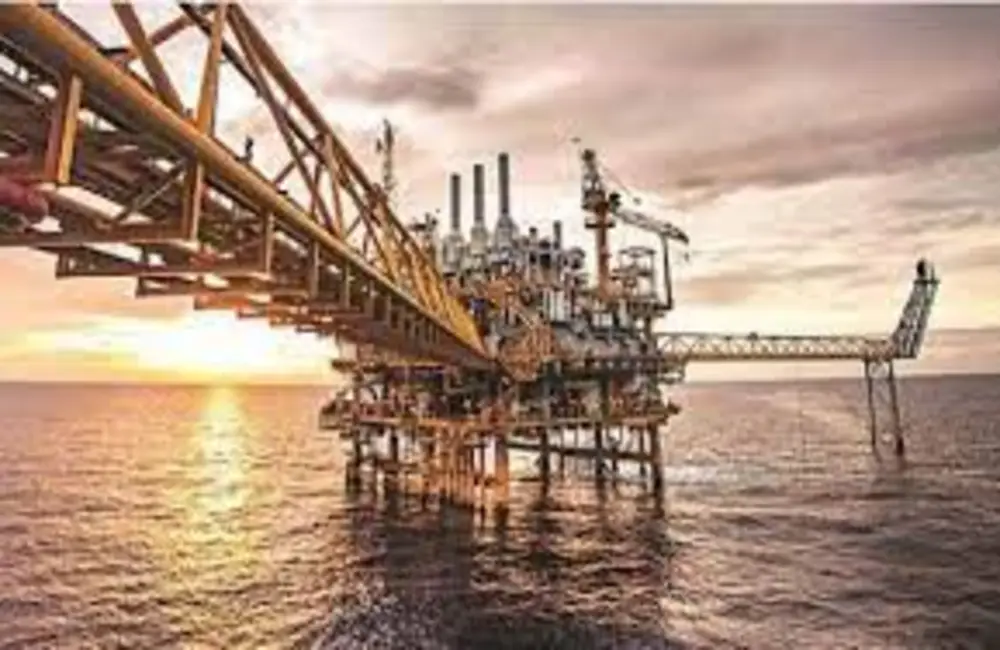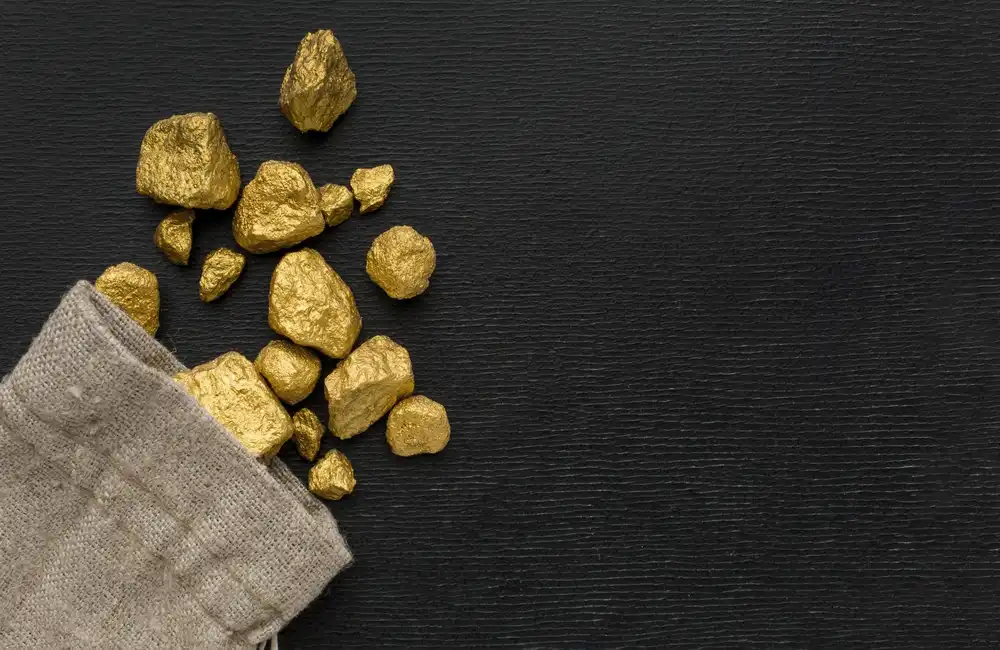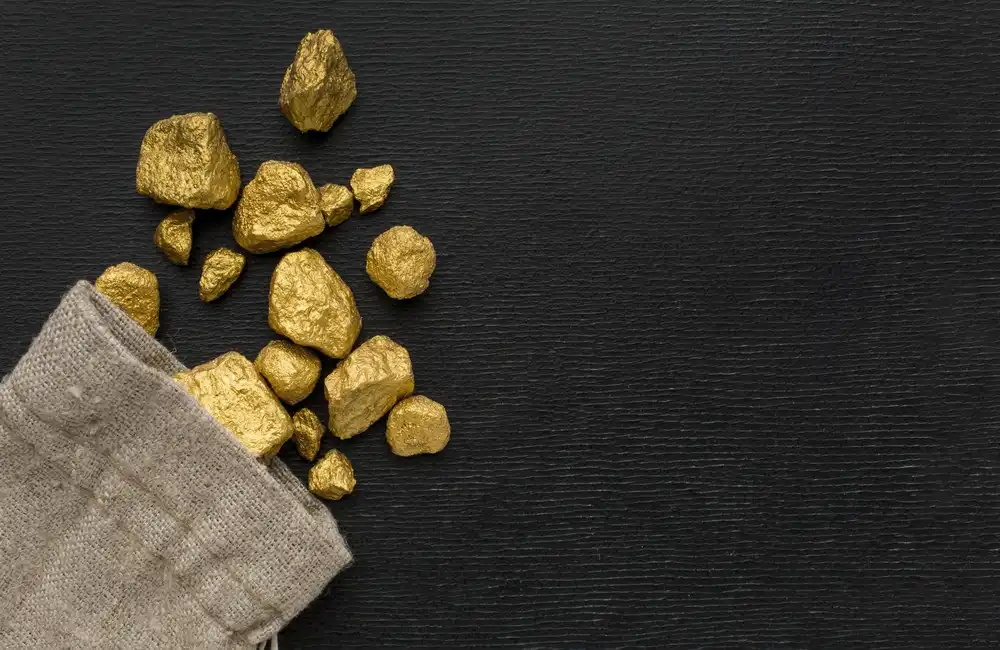India's Reliance Industries reported strong growth in oil product sales and its refinery utilization rates for the January-March quarter, as a combination of economies reopening boosted recovery in demand, the company said on May 6, adding that its energy transition plans were on track thanks to a slew of joint ventures.
Reliance's O2C Division and Net-Zero Target
Although an improvement in transportation fuel margins and volumes has helped the earnings of its oil-to-chemicals, or O2C, division, the company also said it was on track to hit its ambitious target to make itself a net-zero company by 2035.
“Our O2C business has shown resilience and performed strongly in recovery despite volatility in energy markets,” chairman and managing director Mukesh Ambani said, announcing results for January-March, the fourth quarter of financial year 2021-22.
“Against the backdrop of continuing challenges posed by the pandemic, as well as increasing geopolitical uncertainties, Reliance has delivered a resilient performance in the financial year 2021-2022 (April-March)."
Throughput and Gas Output
Reliance was able to handle a total of 19.3 million mt of cargo in the January-March quarter, posting a year-on-year increase of 3.2%. Total throughput for Reliance for the financial year ending March was 76.7 million mt, a 6.7% increase year on year.
The O2C revenue for the fourth quarter rose 44.2% year on year to $19.2 billion, largely due to gains in realization following a steep spike in crude oil prices. Demand rebounded steadily, and product sales volumes followed suit, rising 4.2% in Q4.
O2C revenue for the entire financial year grew 56.5% YoY to $66.1 billion. Sales volumes were 7.5% higher and primarily driven by transportation fuels, supporting annual revenue growth.
Reliance, meanwhile, reported output of 40.4 Bcf of natural gas in January-March, similar to last year's quarter. The quarterly production was entirely domestic as Reliance has no operations in US shale following the disinvestment of assets.
It logged a natural gas output of 188.1 Bcf in 2021-22, primarily on account of higher output from the KG-D6 oil and gas block on India's east coast.
Most of the increment in natural gas output from the KG-D6 block was attributed to post-start of production from the block's R-Cluster and Sat-Cluster fields. Reliance is the operator in KG-D6, alongside energy major BP as a partner. The third cluster of KG-D6, MJ field is expected to commence production by the October-December quarter, Reliance said.
Global Oil Demand and Price Trends
Fourth-quarter global oil demand grew 4.2 million b/d year on year to 98.5 million b/d, driven by robust manufacturing and industrial growth, along with higher global mobility after easing pandemic-related restrictions, Reliance said in a statement.
“Year on year, crude oil benchmarks surged to resolve lower mandated supply increase from OPEC, low inventories, declining OPEC+ spare capacity and geopolitical tensions,” the statement said.
“Transportation fuel cracks skyrocketed q/q in Q4, led by demand recovery in Asia, supply uncertainty in Europe from the geopolitical conflict, constrained Chinese exports, and low inventory levels.
India’s domestic demand for oil products soared 3.1% in the quarter from a year ago, boosted by a 6.5% rise in jet fuel and a 1.4% increase in gasoline, Reliance said.
Singapore gasoil 10 ppm cracks averaged $21.60/b during the January-March quarter, rising from $12.60/b in the previous quarter and $5.80/b in January-March 2021, according to Reliance.
“The advance was bolstered by recovering demand with stronger industrial and manufacturing activity; elevated natural gas prices prompting a fuel switch toward gasoil; lower global stocks; and scant exports from China. Crack spreads were buoyed further by refinery shutdowns in multiple demand centers and the possible loss of Russian barrels to European markets," the company said.
S&P Global Commodity Insights' Platts assessments cite that Singapore gasoil 10 ppm cracks averaged $19.85/b for the January-March quarter, against $11.11/b in the prior quarter and $4.74/b in January-March 2021.
Polymer and Polyester Demand
Domestic polymer consumption grew 3% on the year in Q4, driven by an overall improvement in the economy and relaxation of pandemic restrictions, Reliance said.
Demand for polymers for the full year was 8% higher year on year, supported by robust domestic demand, for farm and health and hygiene sectors, e-commerce food packaging, and infrastructure sectors.
The domestic demand of polyester grew as little as 1% on a yearly basis in Q4, slowing down the global polyester markets with feedstock prices remaining volatile and uncertain. However, annual polyester demand overall was robust, recording a 24% year on year growth as economies reopened and consumption rebounded.
“Feedstock prices fluctuated widely and uncertainly, causing a slowdown in global polyester markets. Increased energy prices due to the ongoing conflict led to higher processing costs along the polyester chain,” the company added.
“The Chinese markets were soft too amid rising COVID cases. It lowered upstream stock for China downstream, leading to an increase in inventory at polyester makers.
Progress on New Energy Projects
Reliance was making "significant" progress on the New Energy Giga Factories complex spread over 5,000 acres in Jamnagar, Ambani said.
“And with the strong global partnerships we have, I do not doubt that Reliance will develop sustainable and affordable new energy solutions for India that will help her meet the soaring demands for energy while ensuring that we achieve net carbon zero by 2035, challenging though this goal may be,” he added.
In a latest partnership, Reliance New Energy Limited had signed a definitive agreement to purchase 100% of the shares of Lithium Werks BV, which comes with over 30 years of battery expertise and an annual production capacity of nearly 200 MWh, with coating, cell & custom module manufacturing capabilities.



